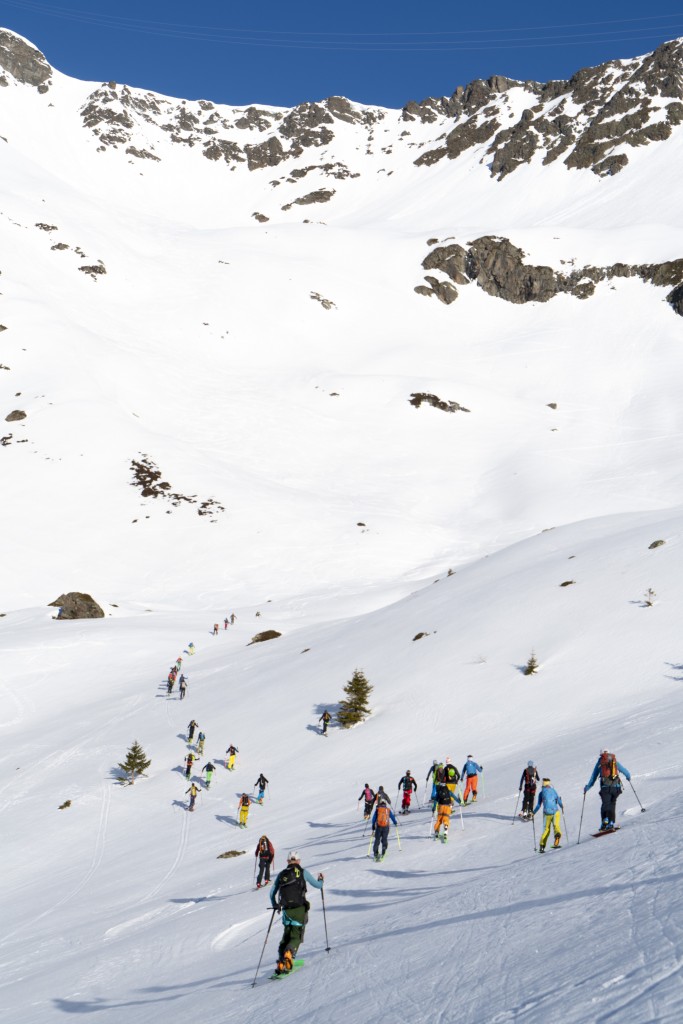La Sentinelle – A ski mountaineering event with soul
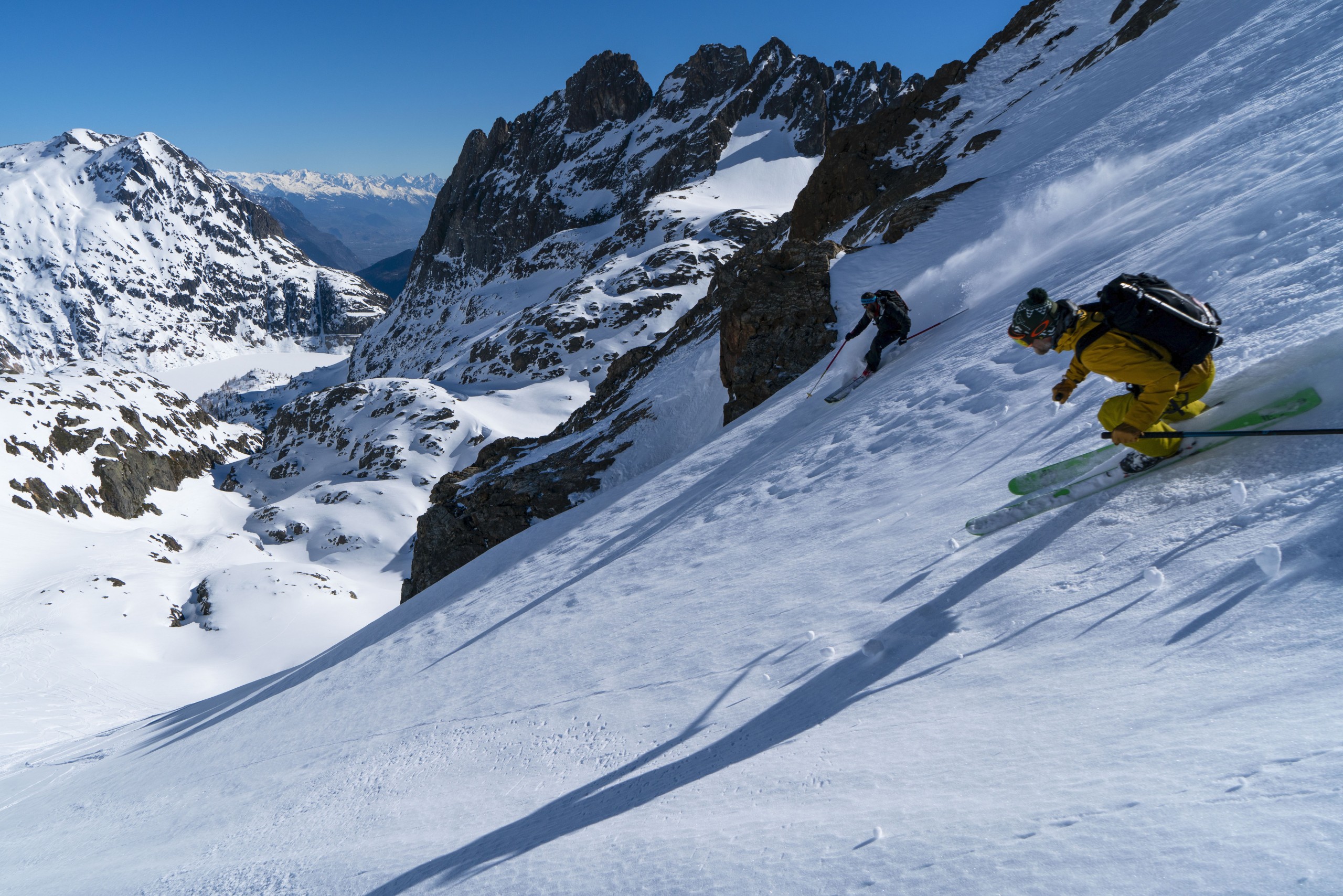

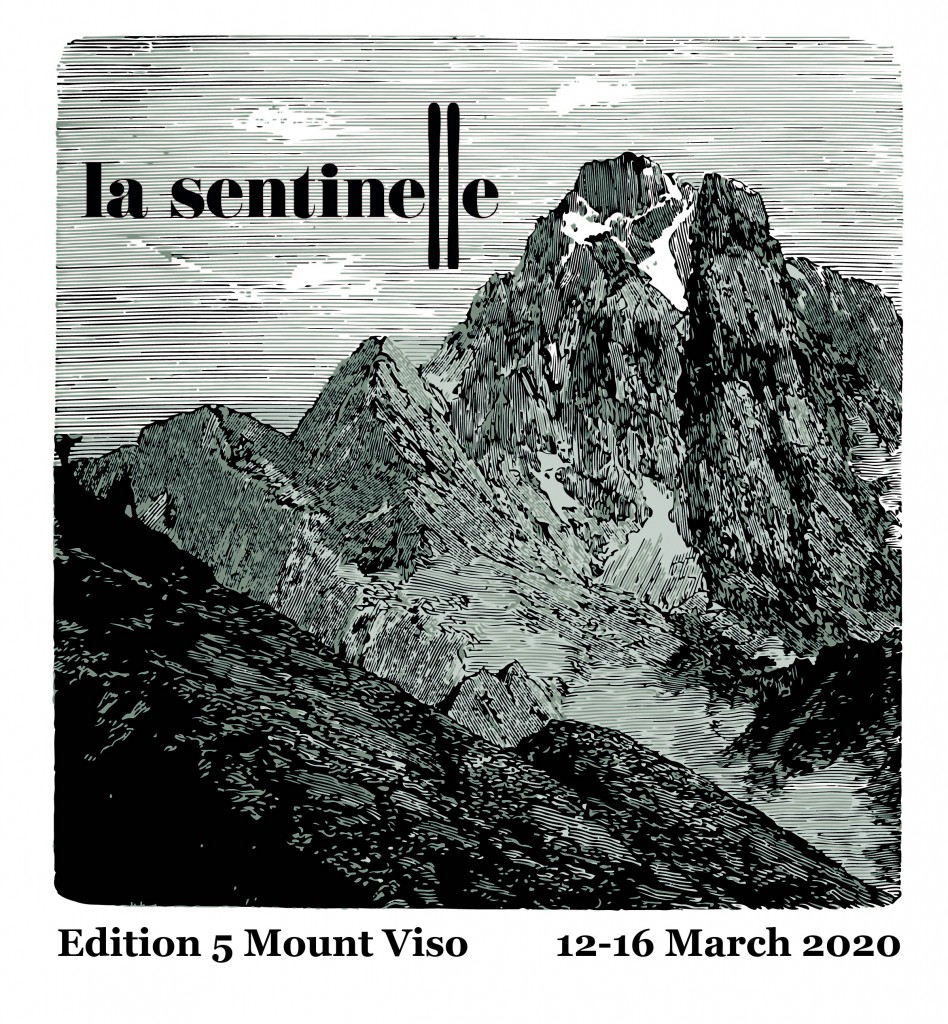
One of the last events to take place before the world went into Covid-19 lockdown, the 5th Edition of the event ended up taking place in Arolla, Switzerland (the original location was Monte Viso UNESCO bioreserve in the Cottain Alps, straddling the French/Italian border). With no marked checkpoints and no rankings for reward, La Sentinelle presents an opportunity for the simple but hard-won pleasure of crossing the finish line with friends and celebrating with a beer.
As a voyage of self-discovery and not just a sporting event, the recent partnership between La Sentinelle and Patagonia seemed inevitable. Committed to celebrating and protecting our last wild spaces, they share a mutual love and respect for Europe’s wild mountains and a passion for human-powered adventure.
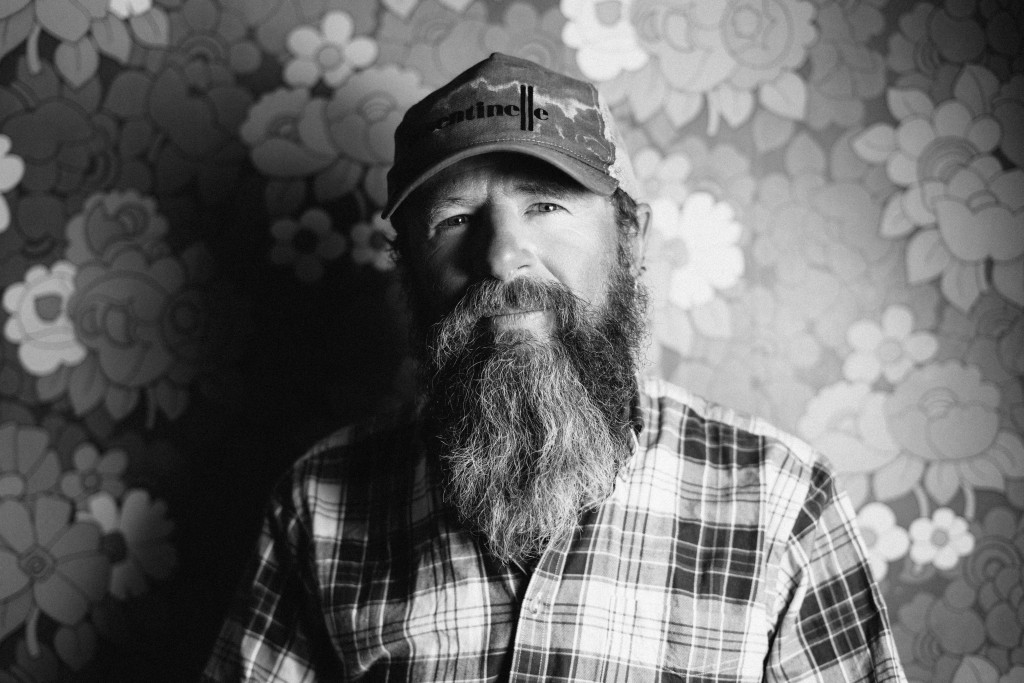
Like many of us, founders Layla and Bruno are concerned with the state of our climate and its implications on the seasons. Witnessing these changes firsthand in the mountains, the couple believe we are best positioned to look after the Earth when we have a personal connection to it. Their hope is that La Sentinelle provides a platform to bond and inspire others to protect the very places we like to play.
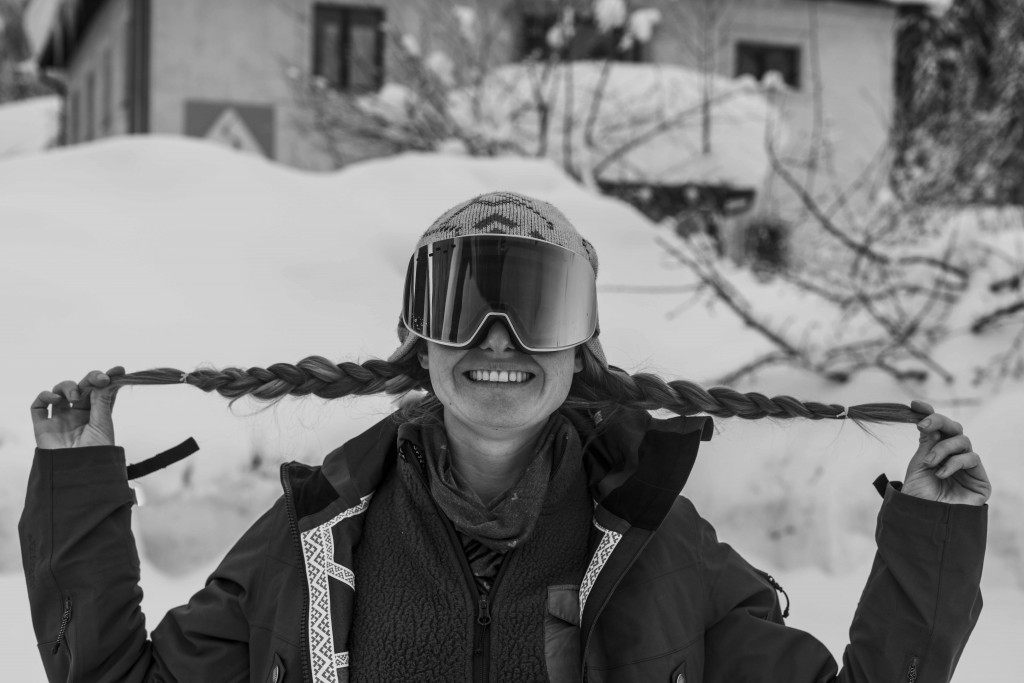
We caught up with them on a ski trip to find out more.
Layla: In English, Sentinelle translates as ‘the guardian of certain values’. For us, this represents being the guardians of the spirit of ski mountaineering – travel, adventure and good skiing!
Bruno: I first imagined this event a long time ago. I always wanted to take part in a ski mountaineering event but never found the right format. That’s how La Sentinelle started. Inspired by the bike events that have no rankings, I thought, why don’t we have anything like that for skiing? No ranking, no competition, not a ski alpinism race with the Lycra and light gear, just an event for people who are genuinely passionate about the snow – something like you would do with friends. It’s super special to just go and discover a new area, share knowledge, create strong relationships, find great snow and really celebrate ski mountaineering in an authentic way.
Layla: Each year, we take around 35 people on a challenging ski traverse that crosses a border, staying in a mountain hut altogether. We like this number because it’s way more intimate, everyone can talk and form real connections. One year we had 12 nationalities join us. It’s so cool to see that everyone stays in touch afterwards, asking each other about the conditions in their local areas. La Sentinelle is really about bringing the core community together. It’s the people that make the experience. This year we have one Swiss guy who’s a farmer with around 100 cows, and an Italian who’s an architect, it’s the interesting people who join us that make it worthwhile.
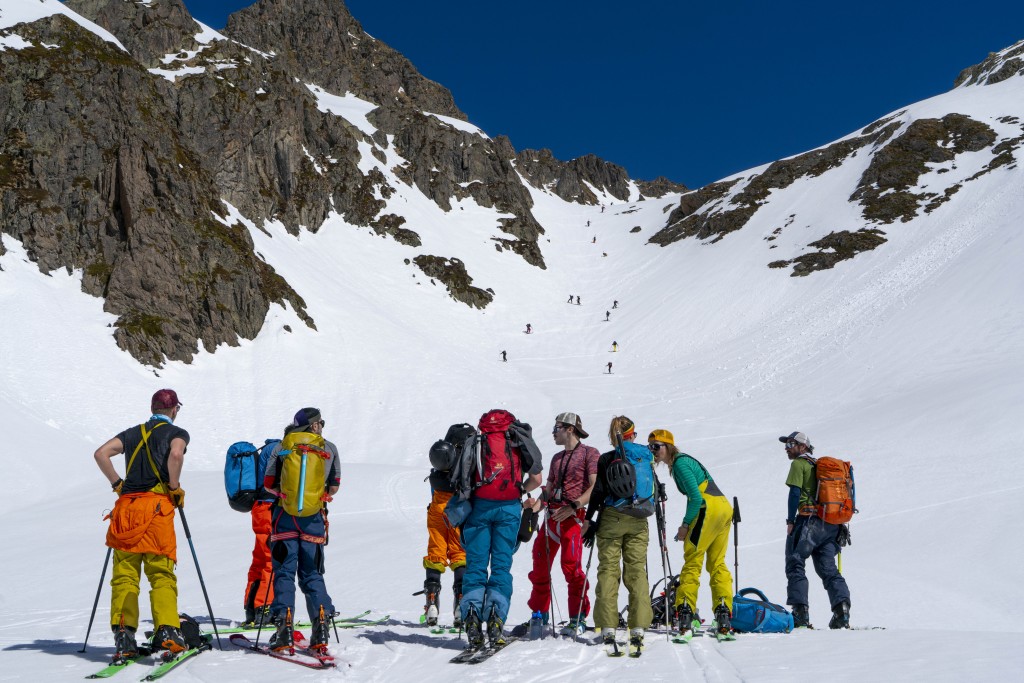
Bruno: La Sentinelle has a loosely planned route with interesting points (i.e. couloirs) marked on the map, but unlike other ski alpinism events, there are no signs or checkpoints.
We simply go to the location one to two days before the event, assess the conditions and check the route with a guide, then propose it to participants when they arrive, including elevation and descent. On the day, we have one mountain guide leading and three to four guides with the Sentinelles, including one at the end for safety, in case some people are very tired and need motivation.
Layla: There’s also a strict no Lycra rule and we ask for 100mm underfoot skis to mark the spirit of the event. We’re not racing and this isn’t about the up! We made a joke in the manifesto that you can wear flannel shirts and old school glacier glasses to explain the idea of the event.
Bruno: Yeah, we want people to come as if they’re going out with their friends. We want to make it about the skiing, not the climbing. Having light equipment for the up is not the goal, making it 100mm underfoot means people can enjoy the ski. We made La Sentinelle this way because it didn’t exist before; to celebrate ski mountaineering for its essence of enjoyment. It’s not a competition, we want to have a great day in the mountains together and celebrate afterwards with a beer.
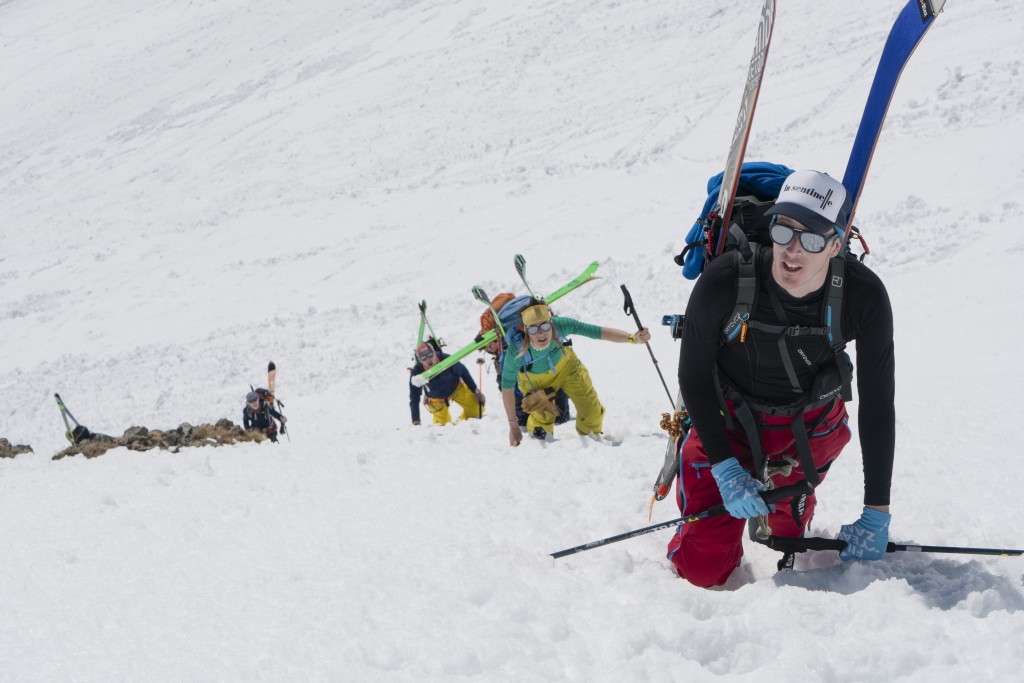
Bruno: For the trip as a whole, there’s no strict itinerary. We often have talks and people sharing their crafts or passions. In the past we’ve had a photographer share his work, people from brands talk about how their products are made, guides share their knowledge. Two years ago, we had Vivian Bruchez [a big mountain skier in his own right] as a guide and it was so cool – he had lunch and dinner with everyone and just shared some of his experiences in the backcountry. We don’t necessarily plan these things, we just have some time available and when people start talking about something they’re knowledgeable in, others always want to join the conversation. So in this way, the event is very natural, it’s not too heavy and adapts to the people there.
Layla: We discovered Monte Viso a few years ago when a friend invited us on a ski traverse in the Occitan Valleys. We wanted to share the beauty of these remote, forgotten and relatively unknown valleys of the Southern Alps with the Sentinelles. In 2014 it became a UNESCO cross-border biosphere reserve with France and we thought it aligned so well with our values for protecting wild places and bringing the international community together.
Bruno: What’s cool about Monte Viso is the locals told us there was an old ski mountaineering event there in the 70s. I think we always end up making similar tracks to the people before us, so it’s a nice feeling to reimagine an old tradition. It’s really important to know how things happened in the past so we can stay connected to our roots in the mountains.
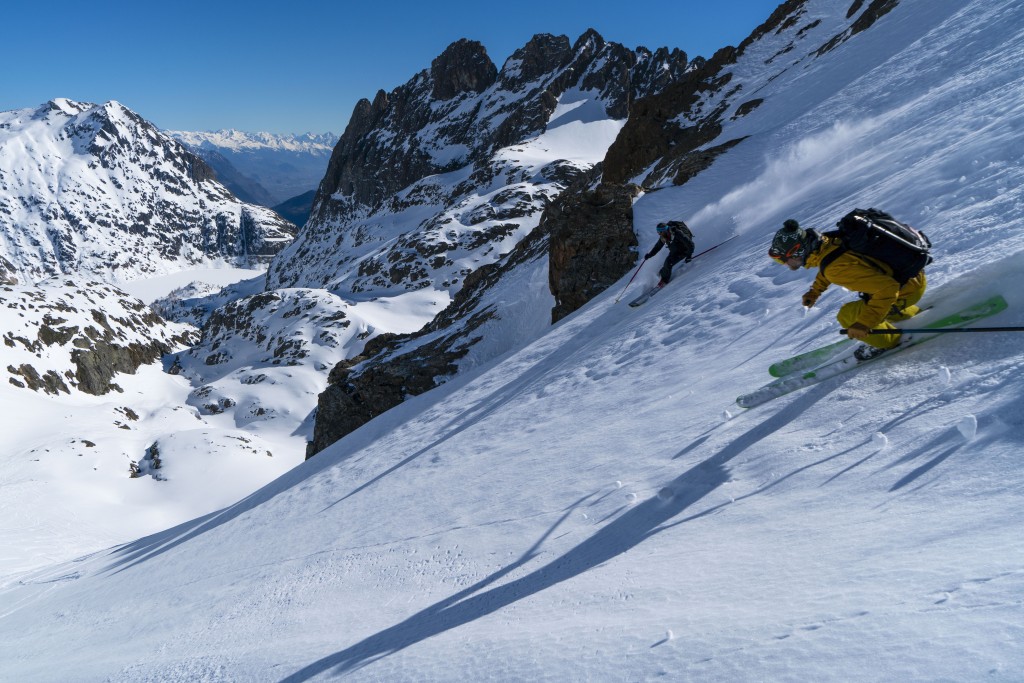
Bruno: I consider it an honour to work with Patagonia. To be honest, it’s one of the only brands I want to continue working with because they’re actually fighting for the climate. I’m really affected by the changes we’re seeing, not just in winter, but through the summer too. It’s so sad to see the kids outside school in Chamonix when it’s raining in winter and to think they may never know the winter as I did as a child.
Layla: I’ve always wanted to work with Patagonia. I really believe in their mission and think we share a lot of the same values. When the team got in touch about partnering for the event, we were surprised but so happy. They said they’d been following La Sentinelle from the beginning as it progressed and thought it was a natural alignment with Patagonia. I thought that was so cool.
Bruno: Yeah, I think Patagonia is a great fit because they share the same spirit for human connection as La Sentinelle. They understand how enjoying the mountains and sharing these beautiful places with each other inspires us to protect them. It’s our duty. Like the changes we see in Monte Viso, where the resorts in the valley below have already collapsed, and now even the bioreserve is struggling for snow. I think in the next few years all the low resorts will close because of climate change. Winter tourism used to depend on big hotels and chairlifts, but I think we need something different now.
It’s like Grands Montets in Chamonix – everyone is in uproar that they haven’t rebuilt the cable car that burnt down, but I don’t understand why. We love winter, we love snow and we need to change our habits to keep it. Money often dictates the way things operate, but to continue to ski and practice mountain sports, we need to change the way we do it. Ski touring has a much smaller impact on the environment and I think human-powered adventures offer a better alternative to traditional skiing.
Layla: Last year, we had to change location two days before the event because there was literally no snow around Monte Viso. It was 15 degrees up there. We switched to Le Buet, near Chamonix, at the last minute, but everyone understood. It’s like when you go with your friends and take spontaneous decisions to find the best snow, but it’s getting more challenging.
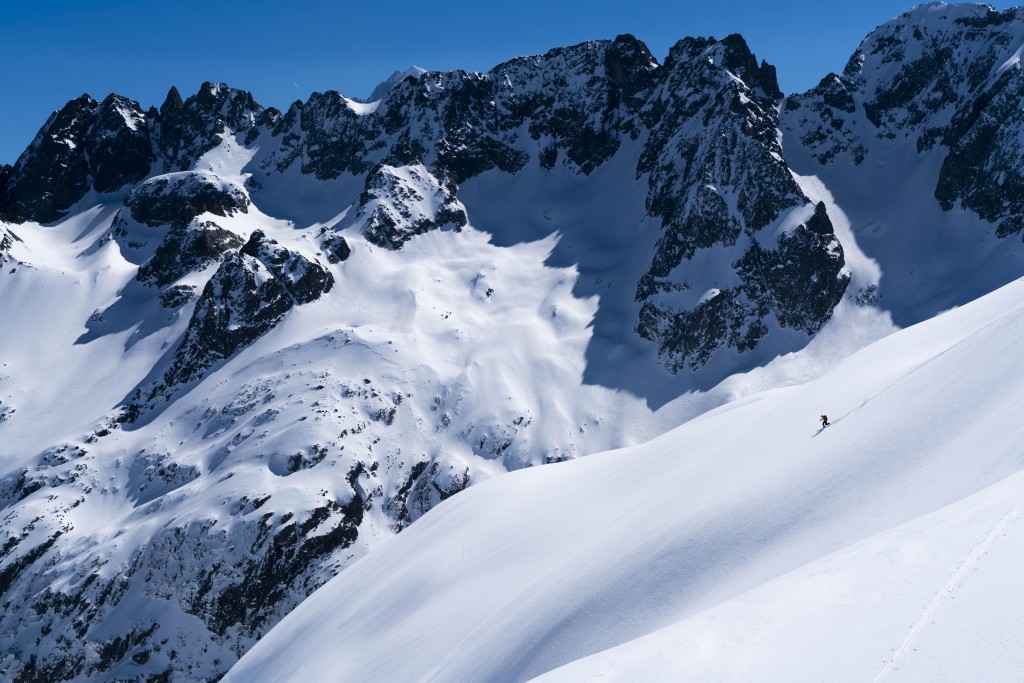
Layla: Nowadays everything is done online, you just tick boxes or agree to terms and conditions, and it’s super impersonal. I think writing things down is important because you can connect with the reader in an intimate way. It’s really an effort in the age of email to sit down and write, and go to the post office. By making this effort it proves that people really want to be a part of La Sentinelle.
Bruno: It’s like getting back to the roots, taking time to think about what you want to do and say. Because of this, I think we’re Sentinelles [guardians] of the past as well, using the mountains to inspire and influence. I’m an old man but I think there’s a lot of value in taking time to do things and to do them well. The story in the letter is so important because it creates the first personal connection between us. La Sentinelle isn’t an old-fashioned event but sometimes to see what we need in the future, we need to look into the past and take time to do things properly, not always rushing.
Layla: We’ve never made a real selection of people for the event. We take people in the order of the letters we receive. In each letter, people explain their motivation, passion and experience, but we never say this person isn’t experienced enough, they can’t come. Some of the letters we receive are so emotional and raw – it’s not like a click on the internet, people really want to be part of the experience and really write from the heart.
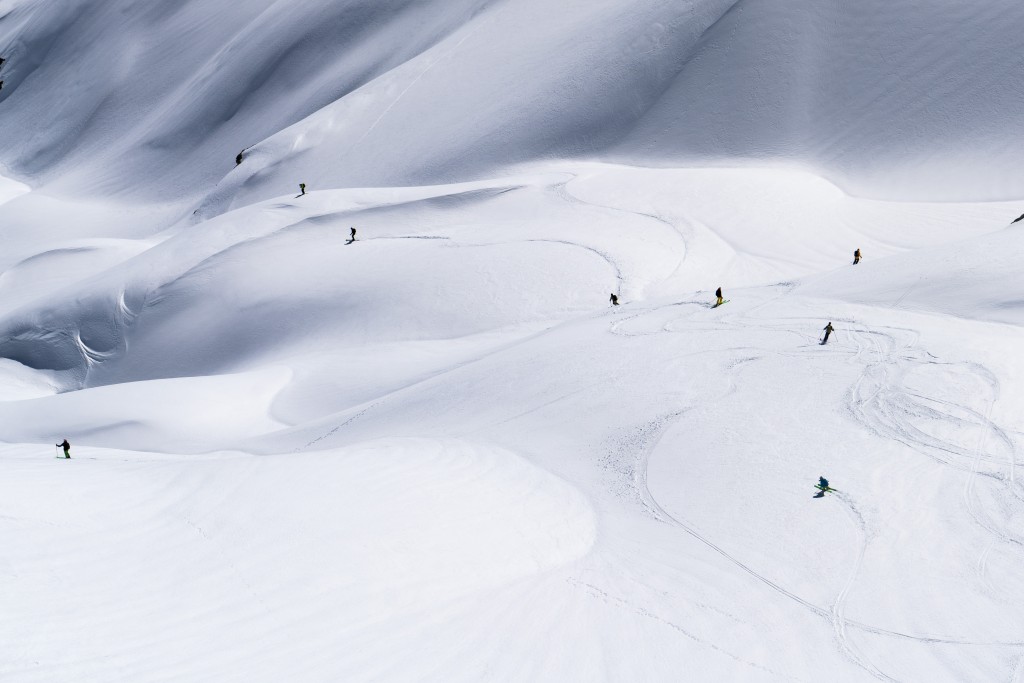
Bruno: The first La Sentinelle was really complicated by the weather. We were in the Pyrenees and had 20cm of snow falling on the village when we were supposed to do the loop. We waited and waited and eventually decided to take a chance. When we got up the mountain, the weather broke and we did this long technical loop in the sun with amazing powder. When we finished, I remember kissing Layla and looking around to see everyone so stoked and happy. It was super emotional. Then we had a BBQ and a small party with everyone on the trip to celebrate and I remember feeling so elated that everyone could take time to be happy and enjoy each other’s company instead of rushing off to work or to pick the kids up.
Layla: Some of my favourite memories are with my parents who have joined us for two editions. It was really special to share it with them. My mum actually helps organise the event, so it’s a family thing. Last year we also had a 17-year-old kid with his dad, so it’s sort of becoming this inter-generational thing too and that’s pretty special.
Bruno: When we went to Scandinavia, the first person to arrive at the hotel was this young girl called Elizabeth that had hitchhiked from Tromso with her skis on her backpack. I just thought “Who is this girl?”, that was so cool. Obviously, the landscapes are always beautiful and it’s awesome when the snow is good, but really the memories are the people and the relationships formed. The value in the event is the people that come, their positivity and love for sharing the mountains with our core community.
